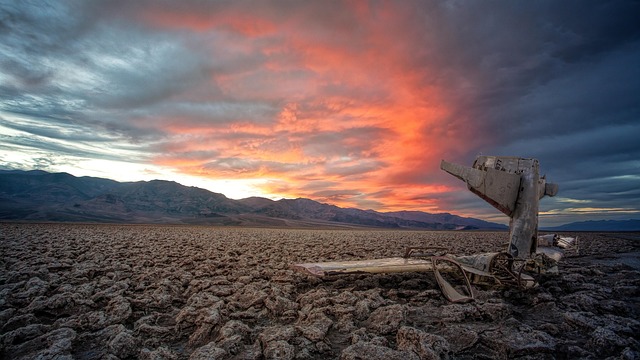
By Dr. Rita Evelyne Joshua, Publishing Associate: Researcher and Writer at Save the Water™ | October 24, 2025
Edited by Chase Day O'Donnell, Publishing Intern at Save the Water™ and Joshua Awolaye, Publishing Associate: Editor at Save the Water™
Water is the elixir of life. We get it from fresh water sources such as lakes, rivers and ground water. Desalination processes can also turn saltwater into drinking water. As well as this, a novel approach called atmospheric water harvesting (AWH) extracts water straight from the air.
This article highlights how MIT researchers used sorbent-based water harvester to harvest water from air using self-powered, window-sized devices. These devices contain sorbent hydrogel that extracts water from the humidity present in air. This technology offers a way to produce water even in desert regions.
AWH is a decentralized process. It pulls water from the moisture in the air. This makes it a sustainable and eco-friendly way to get fresh drinking water. Reliable water harvester AWH should be energy efficient, stable, and perform well.
Water harvesters fall into two groups: active and passive cooling methods.
1. Active Cooling Method
This uses energy such as heat, electricity, pressure, or renewable energy to condense water from the atmosphere.
2. Passive Cooling
It doesn’t use external energy. It uses natural processes like absorption, radiation etc. The following methods are commonly used to produce water
A team of MIT researchers designed an efficient, passive AWH system that works under low humidity and dry conditions. The window-like structure has a vertical sorbent panel that absorbs water at night and releases it in the morning. The whole process sustains itself. The team conducted experiments in Death Valley, California, which is known for its dry weather. The system produced 57 to 161.5 ml of water per day at humidity levels of 21% to 88%. This device outperformed other water harvesters at low humidity, making it an ideal water harvester for desert regions.
The Major Components:
1. Glass Chamber
This contains sorbent enclosed in cooling glasses. The team painted the glasses with cooling material. After that, the team used the sun’s heat to evaporate the water during the day. The water then condenses on the cooling glasses.
2. Sorbent
The team designed a hydrogel-based water harvester, which is arranged in a dome shape, like black bubble wrap. They made it from polyvinyl alcohol (absorbs water), lithium chloride or LiCl (attracts moisture), and glycerol (prevents lithium ions from mixing with water). This sorbent can grow to about 10 times its volume by absorbing humidity.
Several markets offer active AWH generators. However, researchers are still working on finding eco-friendly, long-lasting passive AWH systems.
Researchers focus on the following areas:
In conclusion, AWH offers great potential to address global water shortages. This sustainable technology takes clean water straight from the air, even in dry regions with low humidity.